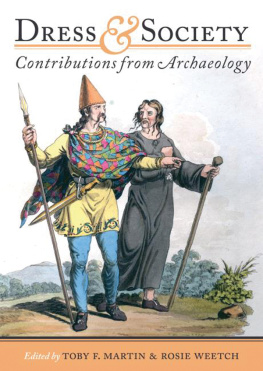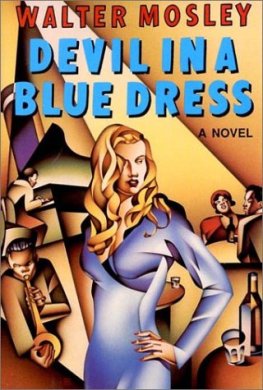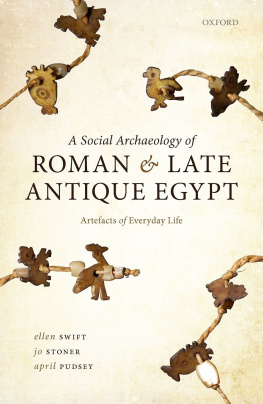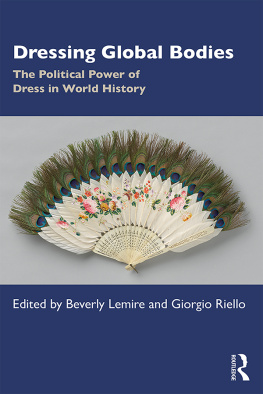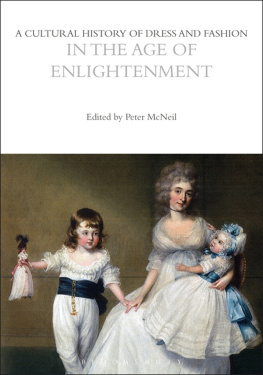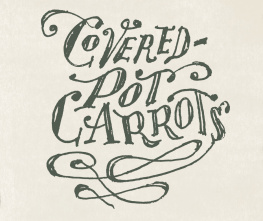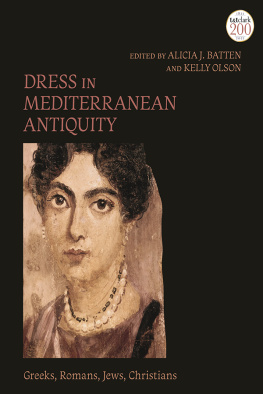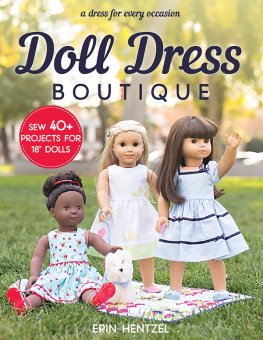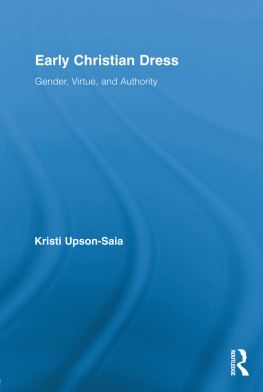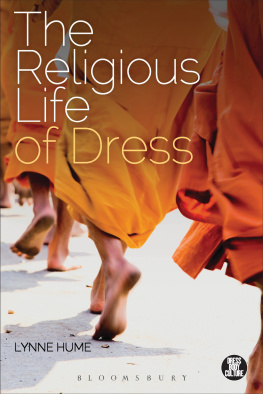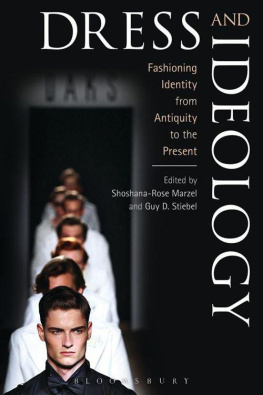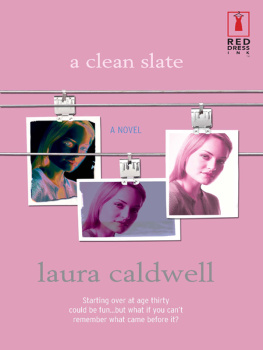T. F. Martin - Dress and Society: Contributions from Archaeology
Here you can read online T. F. Martin - Dress and Society: Contributions from Archaeology full text of the book (entire story) in english for free. Download pdf and epub, get meaning, cover and reviews about this ebook. year: 2017, publisher: Oxbow Books Limited, genre: Home and family. Description of the work, (preface) as well as reviews are available. Best literature library LitArk.com created for fans of good reading and offers a wide selection of genres:
Romance novel
Science fiction
Adventure
Detective
Science
History
Home and family
Prose
Art
Politics
Computer
Non-fiction
Religion
Business
Children
Humor
Choose a favorite category and find really read worthwhile books. Enjoy immersion in the world of imagination, feel the emotions of the characters or learn something new for yourself, make an fascinating discovery.
- Book:Dress and Society: Contributions from Archaeology
- Author:
- Publisher:Oxbow Books Limited
- Genre:
- Year:2017
- Rating:4 / 5
- Favourites:Add to favourites
- Your mark:
- 80
- 1
- 2
- 3
- 4
- 5
Dress and Society: Contributions from Archaeology: summary, description and annotation
We offer to read an annotation, description, summary or preface (depends on what the author of the book "Dress and Society: Contributions from Archaeology" wrote himself). If you haven't found the necessary information about the book — write in the comments, we will try to find it.
Dress and Society: Contributions from Archaeology — read online for free the complete book (whole text) full work
Below is the text of the book, divided by pages. System saving the place of the last page read, allows you to conveniently read the book "Dress and Society: Contributions from Archaeology" online for free, without having to search again every time where you left off. Put a bookmark, and you can go to the page where you finished reading at any time.
Font size:
Interval:
Bookmark:

Contributions from Archaeology
edited by
Toby F. Martin and Rosie Weetch

Published in the United Kingdom in 2017 by
OXBOW BOOKS
The Old Music Hall, 106108 Cowley Road, Oxford OX4 1JE, UK
and in the United States by
OXBOW BOOKS
1950 Lawrence Road, Havertown, PA 19083
Oxbow Books and the individual contributors 2017
Paperback Edition: ISBN 978-1-78570-315-7
Digital Edition: ISBN 978-1-78570-316-4 (epub)
Mobi Edition: ISBN 978-1-78570-317-1 (mobi)
A CIP record for this book is available from the British Library
Library of Congress Cataloging-in-Publication Data
Names: Martin, Toby F., editor of compilation. | Weetch, Rosie, editor of compilation.
Title: Dress and society : contributions from archaeology / edited by Toby F. Martin and Rosie Weetch.
Description: Oxford ; Philadelphia : Oxbow Books, 2016. | Includes bibliographical references and index.
Identifiers: LCCN 2016044909 (print) | LCCN 2016045838 (ebook) | ISBN 9781785703157 (paperback) | ISBN 9781785703164 (ePub) | ISBN 9781785703164 (epub) | ISBN 9781785703171 (mobi) | ISBN 9781785703188 (pdf)
Subjects: LCSH: Clothing and dress--Europe--History--To 1500. | Clothing and dress--Social aspects--Europe--History--To 1500. | Identity (Psychology)--Europe--History--To 1500. | Human body--Social aspects--Europe--History--To 1500. | Material culture--Europe--History--To 1500. | Social archaeology--Europe. | Europe--Antiquities.
Classification: LCC GT560 .D74 2016 (print) | LCC GT560 (ebook) | DDC 391.0094--dc23
LC record available at https://lccn.loc.gov/2016044909
All rights reserved. No part of this book may be reproduced or transmitted in any form or by any means, electronic or mechanical including photocopying, recording or by any information storage and retrieval system, without permission from the publisher in writing.
For a complete list of Oxbow titles, please contact:
| UNITED KINGDOM | UNITED STATES OF AMERICA |
| Oxbow Books | Oxbow Books |
| Telephone (01865) 241249, Fax (01865) 794449 | Telephone (800) 791-9354, Fax (610) 853-9146 |
| Email: | Email: |
| www.oxbowbooks.com | www.casemateacademic.com/oxbow |
Oxbow Books is part of the Casemate Group
Front cover: Colour plate from Meyrick, S. R. 1815. The Costume of the Original Inhabitants of the British Islands, from the Earliest Periods to the Sixth Century. London: R. Havell.
Back cover: Umbonate brooch with two rows of 14 cells for enamels found in Hampshire. PAS: HAMP-515B13 (PAS finds reproduced under Creative Commons Share-Alike Agreement).
Figure 2.1. Key examples of British Middle Bronze Age ornaments.
Figure 2.2. The distribution of ornament hoards by metal type.
Figure 2.3. Histogram of the four most common ornament types and sub-types from all hoard deposits.
Figure 2.4. Pie charts of a. ornament types from all hoard deposits and b. goldwork only hoard deposits.
Figure 2.5. The distribution of Sussex Loops in Southern England with detail.
Figure 2.6. a. Object type connections within all types of ornament hoard; b. object type connections within gold-work only ornament hoards; c. object type connections within mixed hoards.
Figure 2.7. The reported spatial relationships between the objects found within the Hollingbury Hoard, Sussex.
Figure 3.1. Parts of an Iron Age bow brooch.
Figure 3.2. Simple typology of Early and Middle Iron Age brooches.
Figure 3.3. Distribution of findspots of Early and Middle Iron Age brooches in Britain.
Figure 3.4. Overview of the context of Early and Middle Iron Age brooches, including excavated and stray finds from known sites.
Figure 3.5. Location and quantity of brooches found in burials.
Figure 4.1. What brooches do in the Roman north-west.
Figure 4.2. A depiction of a woman wearing four brooches found in Neumarkt im Tauchental, Austria.
Figure 4.3. Knee brooch, found in Leeds.
Figure 4.4. Umbonate brooch with two rows of 14 cells for enamels found in Hampshire.
Figure 4.5. Tombstone of a deceased 4-year old Vibius. Found in Hohenstein/ Liebenfels, Austria.
Figure 4.6. Tombstone depicting a family with three men wearing disc brooches. Found in Strass in Steiermark, Austria.
Figure 5.1. Funerary monument of the soldier Publius Flavoleuis Cordus from Klein-Winternheim (near Mainz/D), dated between 15 and 43 AD.
Figure 5.2. Belt-sets, various dates.
Figure 5.3. Belt-sets, various dates.
Figure 5.4. Funerary monument of an unknown soldier in Istanbul (third century AD), displaying the end of his belt.
Figure 6.1. Location map of sites included in study area of Cambridgeshire and Suffolk. Diamonds indicate documented Minster sites.
Figure 6.2. Distribution of beads and pendants at Bloodmoor Hill, Carlton Colville, Suffolk, in all Saxon phases.
Figure 6.3. Bucket pendants.
Figure 7.1. A youths decorative dark brown leather jerkin.
Figure 7.2. Remains of the leather pantofle from the Castle Ditch dump at the Black Gate, Newcastle-upon-Tyne.
Figure 7.3. The miniature portrait of Henry Brandon, 2nd Duke of Suffolk, by Hans Holbein the Younger, c . 1541.
Figure 7.4. A linen kerchief.
Figure 8.1. Two views of a gold aglet with ridge and pellet decoration, found in Greenwich, Greater London; England; first half of sixteenth century.
Figure 8.2. Cast and gilded bronze hat ornament depicting Laocoon and his son overcome by a serpent.
Figure 8.3. Gold and enamelled hat ornament set with diamonds, rubies, and possibly a garnet showing the Conversion of Saul; Italy or Spain; mid-sixteenth century.
Figure 8.4. Silver button stamped on the obverse with two hearts surmounted by a crown, found in an unknown parish, Norfolk.
Figure 9.1. Brass brooch from Tomintoul in the eastern highlands of Scotland.
Figure 9.2. Silver and niello brooch from Kengharair on the Isle of Mull.
Figure 9.3. a. Silver and niello brooch from Ballachulish; b. brass example from the eastern highlands of Scotland.
Figure 9.4. Assemblages from burgh and urban sites show that these brooches were used alongside a wide range of mainstream European dress accessories and other items.
Table 2.1. Ornament types in Rowlands two hoard clusters.
Table 2.2. The numerical relationship between ornaments and tools/weapons in hoards containing both ornaments, tools and/or weapons.
Table 6.1. Sites with dress accessories in either/both the cemetery and settlement areas, and whether the cemetery objects are reflected in the settlement and vice versa .
Table 6.2. Dress accessories at Bloodmoor Hill, comparing settlement finds to grave goods.
Table 6.3. Sites in data set with corresponding cemetery and settlement phasing.
Table 8.1. Comparison of select categories of dress accessories from the post-medieval period between those made of copper-alloy and those declared as Treasure.
Table 8.2. Breakdown of buttons, cufflinks, and dress accessories reported as Treasure from September 1997 to the end of 2009.
It was surprising to us both when we found out that, having studied for our Masters degrees together, we were both undertaking PhD research into Anglo-Saxon brooches: Toby looking at the cruciform brooches of the early Anglo-Saxon period and Rosie considering the brooches of the later Anglo-Saxon period. As our research progressed we found we were covering similar topics concerning how dress and dress accessories were especially well placed to not only communicate aspects of individual and group identity but also to create that social reality. While we were stimulated by discussions of such matters occurring both within and beyond the field of archaeology, we became frustrated on two levels: first by the lack of communication between researchers of different periods, and second by the lack of archaeological engagement with relevant work happening in other disciplines. We wanted to know how prehistorians thought about dress, how dress historians dealt with material culture, and what archaeology would look like through the lens of Fashion Studies. All groups were dealing with similar source material, albeit from different contexts and time periods, but were the questions we were all asking the same?
Next pageFont size:
Interval:
Bookmark:
Similar books «Dress and Society: Contributions from Archaeology»
Look at similar books to Dress and Society: Contributions from Archaeology. We have selected literature similar in name and meaning in the hope of providing readers with more options to find new, interesting, not yet read works.
Discussion, reviews of the book Dress and Society: Contributions from Archaeology and just readers' own opinions. Leave your comments, write what you think about the work, its meaning or the main characters. Specify what exactly you liked and what you didn't like, and why you think so.

